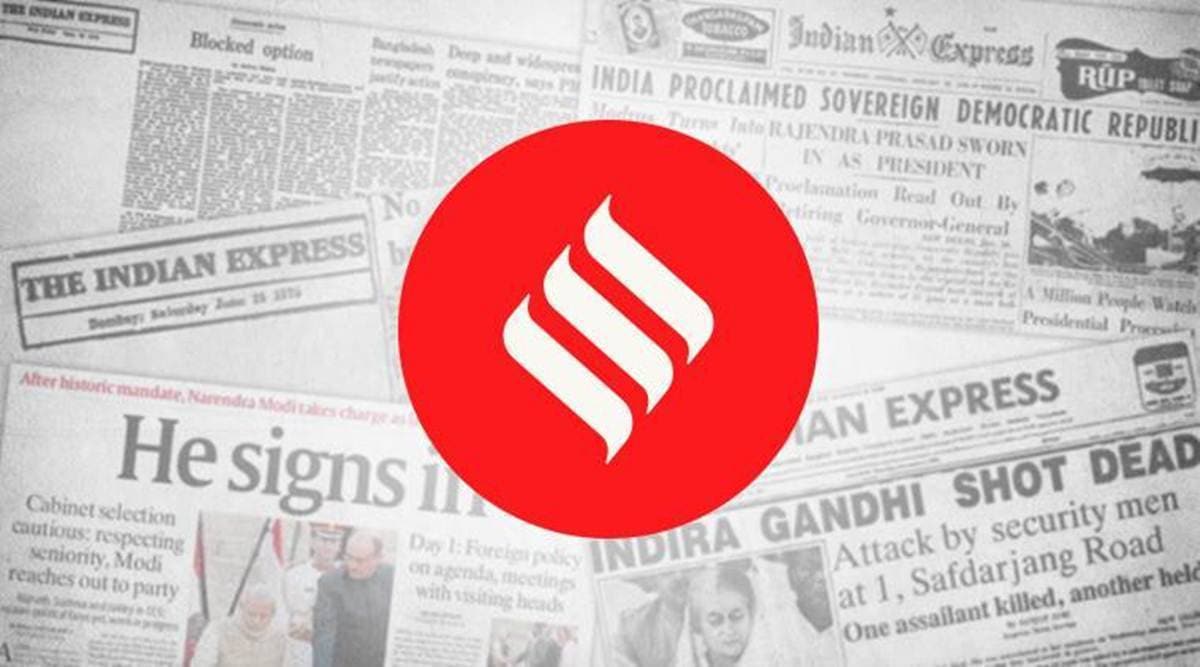 Now that government finances are on the mend, the focus should be on clearing overdue payments as much as on unveiling fresh spending programmes.
Now that government finances are on the mend, the focus should be on clearing overdue payments as much as on unveiling fresh spending programmes. Any programme, however well-conceived, is only as good as its implementation. This maxim applies not just to the recent production-linked incentives (PLI) scheme, whose basic intent (attracting manufacturing investments in sectors where India already enjoys or has potential comparative advantage), timing (when the world seeks to decouple from China) and design (providing up to 6 per cent payment on incremental sales), cannot be faulted. The real test lies in what is happening to existing schemes. This newspaper has reported on incentives given to sugar mills for exports notified last September. The “lump sum assistance” of Rs 10,448 per tonne led to a record 5.65 million tonnes (mt) being shipped out during 2019-20 (October-September). That should have meant payments of over Rs 5,900 crore, whereas the industry claims receipt of hardly Rs 900 crore. The same goes for a 4-mt sugar buffer created in August 2019, wherein the Centre was to bear the entire interest and storage cost of this stock held in mills for a year. As against the original outlay of Rs 1,674 crore, only about Rs 300 crore has been released so far.
If money isn’t paid against obligations based on which business decisions are taken — in this case, by sugar mills — it raises larger questions on policy credibility. The same investors who would normally consider the PLI an attractive scheme can very well ask: What if the promised incentives don’t come? True, this has been an extraordinary year of COVID-induced economic dislocations resulting in government revenues taking a beating: Forget the sugar industry, the Centre hasn’t been able to pay even states their legitimate goods and services tax compensation dues. But the problem of government — both the Centre and states — not paying fully and on time isn’t new. Arrears against food and fertiliser subsidies alone amounted to nearly Rs 3,00,000 crore at the start of this fiscal, with state utilities’ outstanding dues to power producers estimated at Rs 1,25,000 crore.
Now that government finances are on the mend, the focus should be on clearing overdue payments as much as on unveiling fresh spending programmes. Last week’s announcement of wiping out all fertiliser subsidy arrears at one go was a welcome step. If non-repayment of debt is treated as sovereign default, the same logic ought to be used for not honouring other commitments — at least those made on paper. There is no better stimulus for the economy today than the government ensuring liquidity, through proper and timely discharge of its dues.